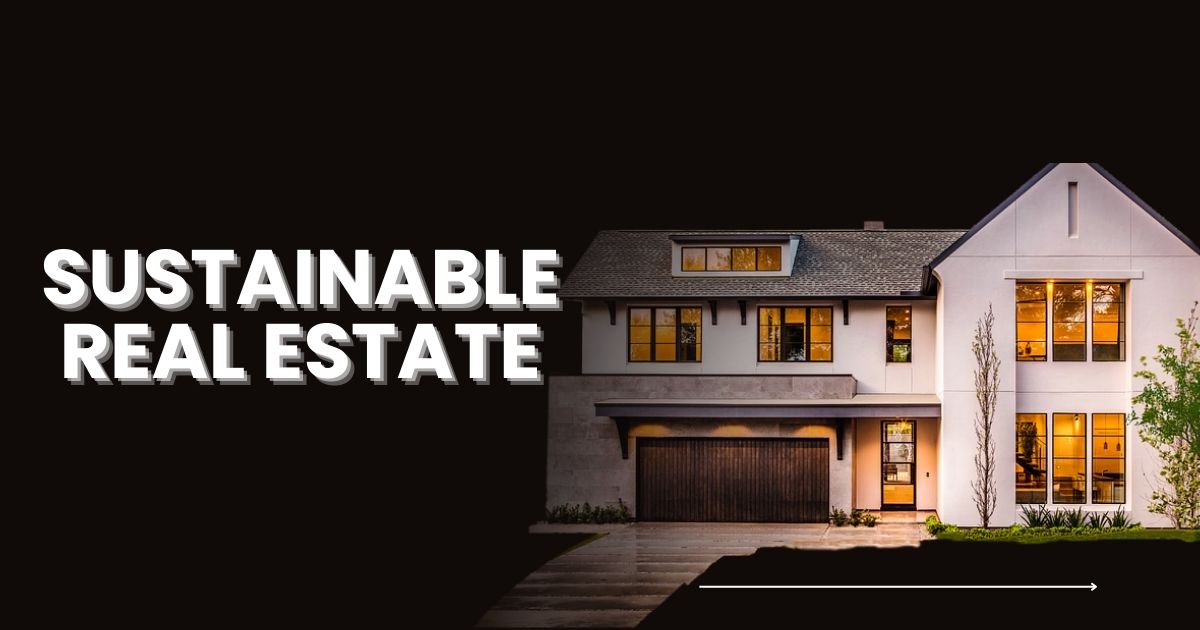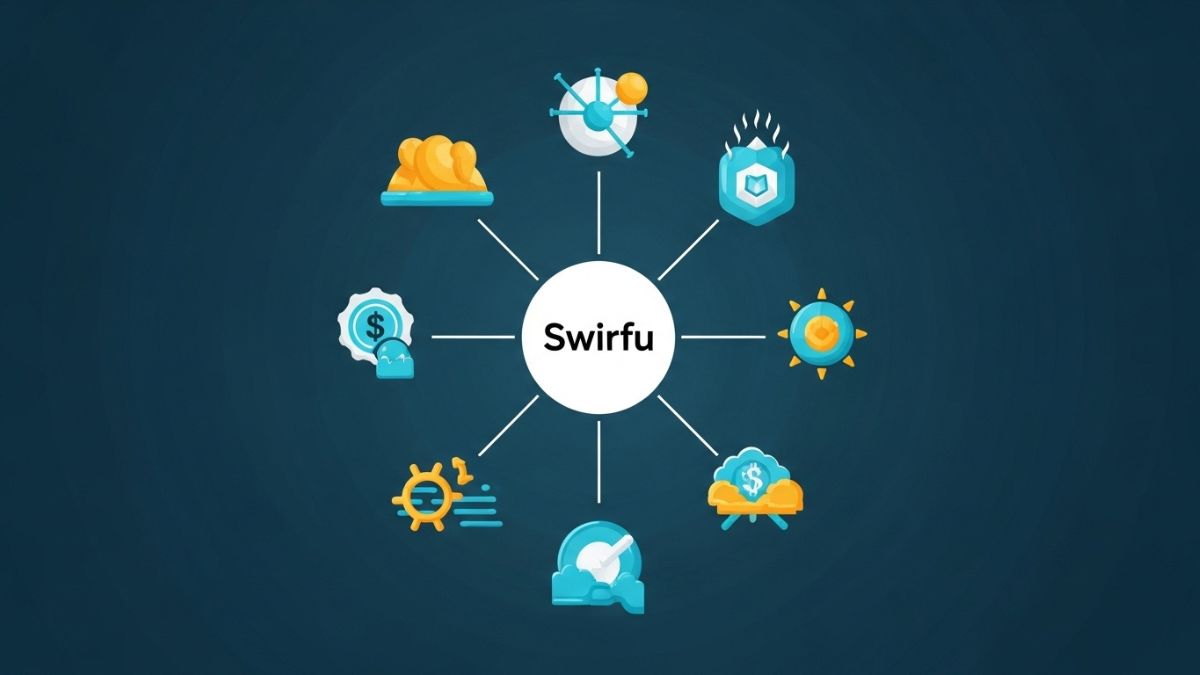Sustainable real estate is no longer just a buzzword—it’s a global movement reshaping how properties are designed, constructed, operated, and maintained. With growing awareness of environmental issues, rising energy costs, and stricter building regulations, the real estate sector is now under pressure to adopt greener practices that benefit both the planet and its people. From eco-friendly materials to energy-efficient systems, sustainable real estate is revolutionizing the property market.
The Meaning of Sustainable Real Estate
Sustainable real estate refers to properties designed and managed in ways that minimize their environmental impact. This involves incorporating energy efficiency, reducing carbon emissions, using sustainable materials, managing water consumption wisely, and creating healthier indoor environments. The concept goes beyond construction and touches every stage of a property’s life cycle—from development and operation to maintenance and eventual demolition.
The Urgent Need for Sustainable Practices
The real estate sector is responsible for nearly 40% of global energy-related carbon emissions. With rapid urbanization and expanding housing demands, the pressure on natural resources is intensifying. Sustainable real estate addresses these issues by promoting responsible construction and reducing reliance on nonrenewable resources. It’s a necessary shift to protect ecosystems, improve urban resilience, and meet international climate goals.
Key Features of Green Buildings
Sustainable properties often include features such as solar panels, high-performance insulation, energy-efficient lighting, rainwater harvesting systems, green roofs, and smart thermostats. These elements work together to lower energy usage, reduce utility costs, and create healthier indoor air quality. Many buildings also use non-toxic materials and are designed to allow natural light and airflow to reduce dependence on artificial systems.
Environmental Benefits of Sustainable Properties
One of the main advantages of sustainable real estate is its positive impact on the environment. These buildings significantly lower greenhouse gas emissions by consuming less energy and using renewable sources. They also reduce construction waste by promoting recycling and responsible sourcing. Furthermore, green spaces around sustainable properties support biodiversity and help mitigate the urban heat island effect.
Economic Advantages for Investors and Owners
Although the initial cost of building or retrofitting sustainable properties may be higher, the long-term economic benefits are substantial. Green buildings often have lower operating costs due to energy and water efficiency. They also tend to have higher occupancy rates, increased property values, and longer lease durations. Investors are increasingly attracted to eco-friendly buildings as demand grows and government incentives become more accessible.
Enhancing Health and Well-Being
Sustainable real estate isn’t just about the environment—it’s also about people. Green buildings are designed to promote better health through improved air quality, access to daylight, and reduced exposure to harmful chemicals. These environments have been linked to increased productivity, better sleep, and lower stress levels among occupants. Residential, commercial, and even educational buildings can benefit from these design principles.
Role of Technology in Sustainable Development
Technology plays a crucial role in driving sustainable real estate forward. Smart building systems allow for real-time monitoring of energy use, while AI and IoT devices optimize lighting, heating, and cooling. These tools not only improve efficiency but also offer data insights that can guide further improvements. Building Information Modeling (BIM) helps architects and engineers plan eco-friendly designs with precision and reduced waste.
Government Regulations and Green Certifications
Many governments now require or encourage sustainable construction practices through building codes, tax benefits, and grants. Certifications like LEED (Leadership in Energy and Environmental Design), BREEAM (Building Research Establishment Environmental Assessment Method), and WELL Building Standard are widely recognized. These certifications set benchmarks for energy use, water management, materials, and overall sustainability, helping buyers and renters make informed decisions.
Urban Planning and Sustainable Cities
Sustainable real estate also ties closely to broader urban planning strategies. Smart cities integrate transportation, green spaces, walkability, and eco-friendly infrastructure into real estate development. Mixed-use developments reduce the need for commuting and encourage community interaction. Sustainable urban planning ensures that developments enhance quality of life while preserving environmental integrity.
Green Financing and Investment Trends
Green real estate has become a preferred investment avenue for socially responsible investors. Green bonds and ESG (Environmental, Social, and Governance) funds are fueling the growth of sustainable projects around the world. Banks and lenders are also offering better loan terms for energy-efficient buildings, recognizing their reduced risk profile and stronger market appeal.
Challenges to Sustainable Real Estate Growth
Despite its advantages, sustainable real estate faces several challenges. Higher upfront costs, lack of awareness, resistance to change, and gaps in policy enforcement can hinder progress. Small developers may struggle with the financial burden of adopting green technologies. Education, incentives, and cross-sector collaboration are necessary to overcome these hurdles and promote widespread adoption.
Retrofitting Existing Buildings
While new green buildings get much attention, retrofitting older buildings is equally important. Energy audits can identify areas for improvement, and upgrades like insulation, efficient HVAC systems, and smart meters can transform outdated structures. Governments are supporting retrofits with grants and rebates to make them financially viable for owners and tenants.
Sustainable Real Estate in the Residential Sector
Homebuyers are increasingly prioritizing sustainability when choosing properties. Features such as solar water heaters, double-glazed windows, and low-flow fixtures are becoming mainstream. Eco-conscious buyers are willing to pay a premium for homes that reduce their carbon footprint and monthly expenses, making green homes a competitive edge for sellers and developers.
Commercial Real Estate and Sustainability
In commercial spaces, sustainable real estate is driving corporate responsibility. Businesses are choosing green offices to reduce operational costs, align with ESG values, and attract eco-conscious employees. Co-working spaces, green leases, and efficient facility management practices are setting new benchmarks in commercial property management.
The Future of Sustainable Construction
The future of sustainable real estate lies in innovation. Net-zero energy buildings, modular construction, and biophilic design (incorporating natural elements) are gaining traction. As the real estate market continues to evolve, sustainability will become a core principle rather than an optional feature. Developers, architects, and investors must embrace a future where environmental stewardship and economic performance go hand in hand.
Conclusion
Sustainable real estate is more than a trend—it’s a responsible and forward-thinking approach to property development and management. As environmental concerns and consumer expectations rise, the demand for green buildings will only grow stronger. From reduced emissions and cost savings to healthier living environments and long-term investment potential, the benefits of sustainable real estate are undeniable. By embracing eco-conscious design, construction, and operation, the real estate industry can lead the way toward a more resilient and sustainable future for all.











